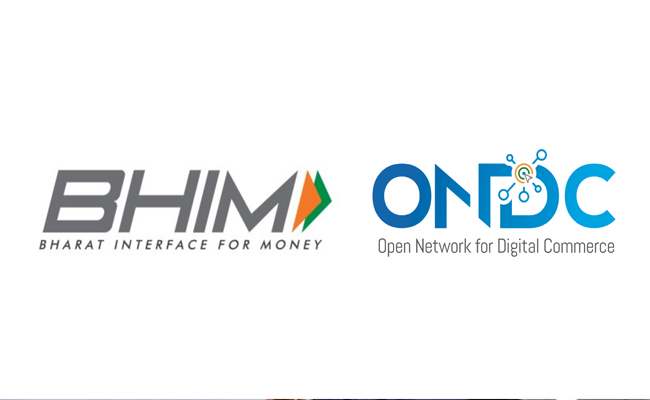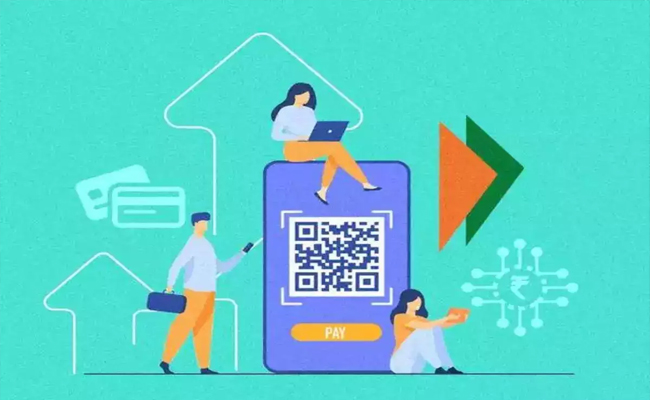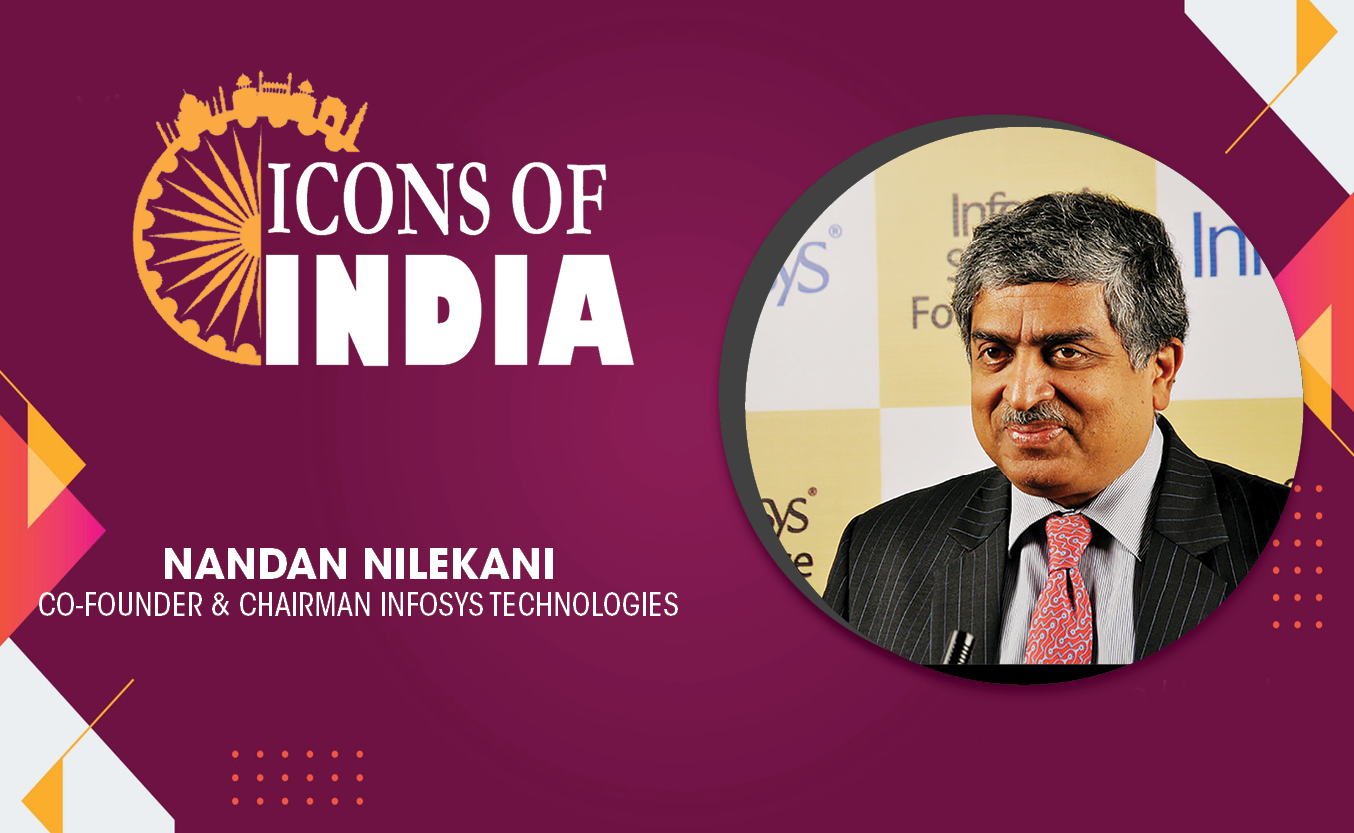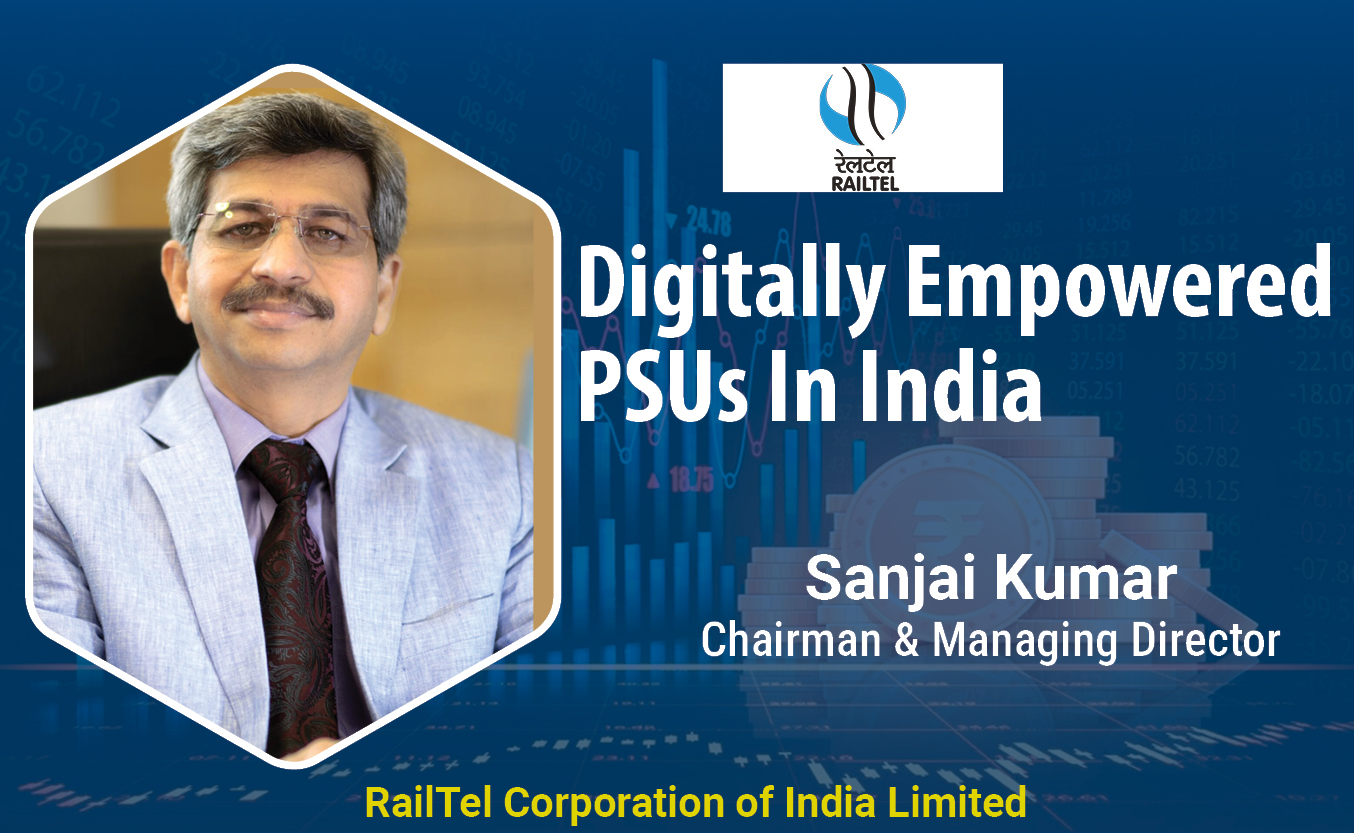Growing Cyberattacks Increases Demand For Newer Security Products
By MYBRANDBOOK

Cyberattacks have almost doubled in the past five years, undermining consumer confidence and driving demand for more secure digital products that protect consumer privacy. CIOs, CISOs and other executives shows that many organizations are increasing the resources they devote to cybersecurity, but also that they remain deeply concerned about the scale and severity of the threat. Cybercriminal activity is one of the biggest challenges that humanity will face in the coming days and the cybercrime will cost the world $6 trillion annually by 2021.
The world’s digital content is expected to grow from 4 billion terabytes (4 zetabytes) last year to 96 zetabytes by 2020 (this is how big a zetabyte is).Recent research by Bain & Company shows that consumers would buy more products and pay higher prices for Internet of Things (IoT) devices if their worries about cybersecurity were addressed. It is a proven fact that , cyber-attacks also result in economic losses for investors. Artificial intelligence (AI) and machine learning(ML) is a double-edge sword helping both attackers and defenders; whether we are going to finally “get over privacy” or see our data finally being treated as a private and protected asset.
There are thousands of companies into Cyber security and no one has a full proof to secure 100%. About 90% of companies are targeting for sale or waiting for to get acquired by someone. Without proper due diligence of policies on cyber threats, security risks will turn into business risks. Investors providing capital to start-ups and small and medium-sized enterprises therefore have an opportunity and a responsibility to ensure that companies prioritize cybersecurity early in their development. This cyber due diligence can help businesses meet consumer demands, provide investors with reliable returns and contribute to a more secure digital market.
Cybercrime costs include damage and destruction of data, stolen money, lost productivity, theft of intellectual property, theft of personal and financial data, embezzlement, fraud, post-attack disruption to the normal course of business, forensic investigation, restoration and deletion of hacked data and systems, and reputational harm.
The objective for all organizations should be to not only protect the enterprise with good cybersecurity hygiene and basic lines of defense, but also to optimize the response with more advanced tools and strategies. As digital transformation proceeds, cybersecurity must be an enabling function rather than a block to innovation and change.
The healthcare, energy and BFSI sectors are increasingly sophisticated user of emerging technologies and they are facing more and more vulnerabilities in its information technology and operational technology. Successful attacks on this sector have the potential to cause devastating consequences, depriving communities of power and even jeopardizing citizens’ safety.
Vulnerabilities increase when it comes to third parties. Only 15% of organizations have taken basic steps to protect against threats coming through third parties; 36% are aware of the risks through self-assessments (22%) or independent assessments (14%); therefore 64% have no visibility on this issue. Among smaller companies, this rises to 67%.
Experts predicts that, there will be 6 billion Internet users by 2022 (75% of the projected world population of 8 billion) — and more than 7.5 billion Internet users by 2030 (90% of the projected world population of 8.5 billion, 6 years of age and older). There are 111 billion lines of new software code being produced each year — which introduces a massive number of vulnerabilities that can be exploited.
Larger companies are more mature than their smaller counterparts. For example, 35% have a formal and up-to-date threat intelligence program, compared with 25% of smaller organizations, and 58% say their incident response program is up to date, compared with 41% of smaller organizations.
Whereas the smaller companies are especially concerned: 28% say their information security function does not currently meet their needs or is to be improved, and 56% say they have skills shortages or budget constraints. Only 15% of organizations say their information security reporting currently fully meets their expectations.
Lastly, the consumer-facing companies face particular cybersecurity challenges. Maintaining trust is crucial to their businesses, but they are also especially vulnerable because they operate in a marketplace where customers require service 24 hours a day, seven days a week, through omni-channel business models. Cyber attackers exploit the weaknesses of these organizations because of the value and volume of consumer data that they could access.


BHIM to join e-commerce, competing with PhonePe and Google Pay
The government-supported payment software BHIM is getting ready to join t...

The latest version of X helps prevent deepfakes on social medi
To combat deepfakes and shallowfakes, Elon Musk revealed a new update t...

India and Namibia collaborate on a payment system similar to U
Once operational, the platform will enable digital transactions in Namibia,...

Sebi issues show-cause notices to six Adani group firms
Sebi issued show-cause notices to six Adani Group firms, including Adani ...


Technology Icons Of India 2023: Nandan Nilekani
Nandan Nilekani is the Co-Founder and Chairman of the Board, Infosys T...

Technology Icons Of India 2023: Som Satsangi
With more than three decades in the IT Sector, Som is responsible for ...

Technology Icons Of India 2023: Ritesh Agarwal
Ritesh Agarwal Founder & CEO of OYO Hotels & Homes-World’s fastest g...


PGCIL transforming India with its wide power transmission network
Engaged in power transmission, POWERGRID or PGCIL is a stated owned In...

BBNL empowering rural India digitally
BBNL provide high speed digital connectivity to Rural India at afforda...

RailTel connecting every corner of India
RailTel is an ICT provider and one of the largest neutral telecom infr...


TEXONIC INSTRUMENTS
Texonic has carved a niche for itself in the Technology Distribution i...

WPG C&C COMPUTERS & PERIPHERALS PVT. LTD.
WPG C&C Computers & Peripherals (India) was incorporated in 2008 and ...

Crayon Software Experts India Pvt Ltd
Crayon helps its customers build the commercial and technical foundati...